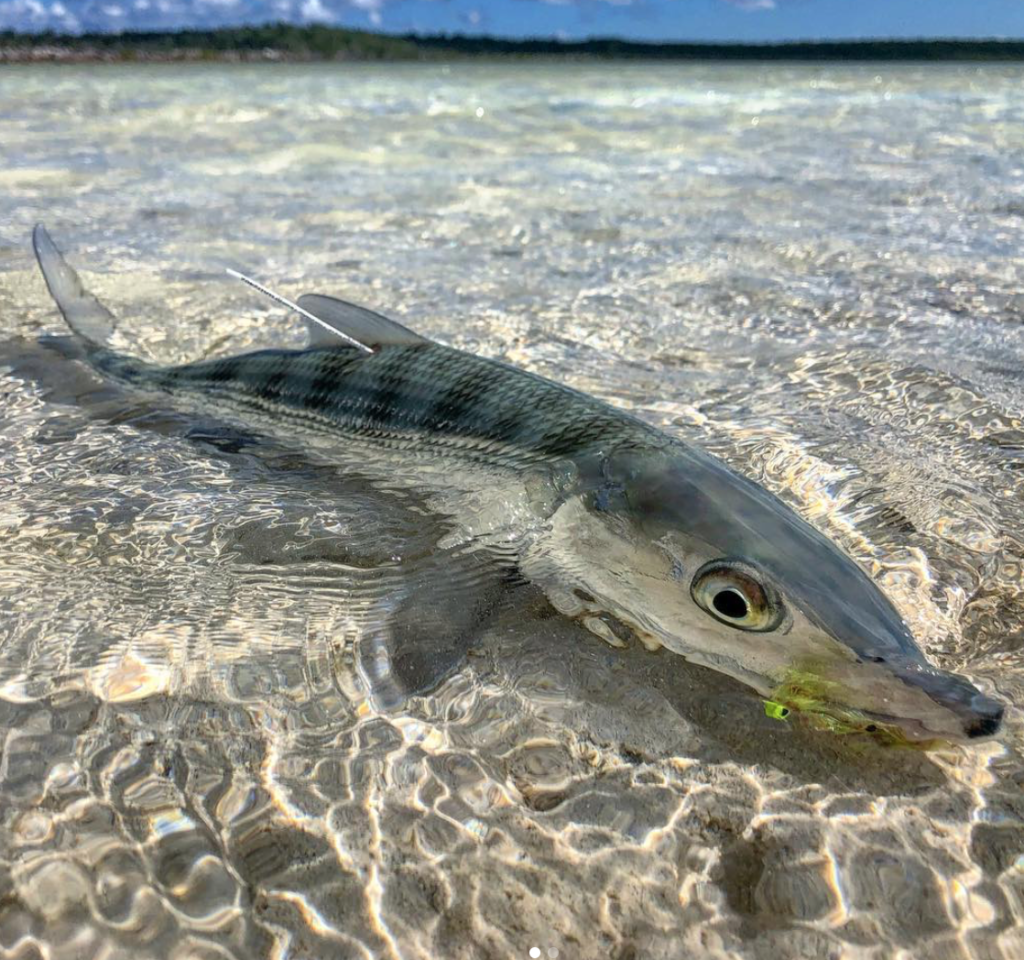Photo: Justin Lewis
This series of blog posts will summarize five exciting discoveries about bonefish biology made by Bonefish & Tarpon Trust and our collaborators over the past 20 years. And be sure to tune in to BTT’s Facebook feed TODAY, April 10, at 12 pm EST. Dr. Ross Boucek, BTT Florida Keys Initiative Manager, and Justin Lewis, BTT Bahamas Initiative Manager, will be discussing BTT’s bonefish discoveries LIVE and answering your questions!
BTT’s approach to conserve bonefish involves learning where all of the habitats bonefish use throughout their lives are, including where they spawn, where the juveniles are, and how much flats habitat the fish need, so we can protect those areas, and make sure the fish are safe. Click HERE to read Part 4 in the series.
#5 Troubling preliminary data show bonefish are exposed to an array of pharmaceuticals.
In 2018, there were 5.8 billion prescriptions filled in the US, at a rate of about 18 prescriptions per person. Conventional wastewater treatment does not remove pharmaceutical contaminants, which means they pass through untreated. And when someone ingests a pharmaceutical, only a portion of the total dose is absorbed by the body, and the remainder is excreted – for some drugs, up to 80 percent of the original dose can be excreted in its original and active form. Additionally, the receptors that make pharmaceuticals work in humans are the same receptors that many animals, including fish, have. In short, human pharmaceuticals can affect fish too. Scientists tested bonefish in the Upper Keys, and detected 9 pharmaceuticals, including the powerful opiate Tramadol, prescribed to treat severe pain, and with serious side effects such as life-threatening respiratory depression and opioid addiction. We are scaling this research up, so we can understand if other Caribbean bonefish are also impacted, and how that could alter the fishes’ behavior or health. Read the article on page 30 of the new Bonefish & Tarpon Journal to learn more about this important research.




